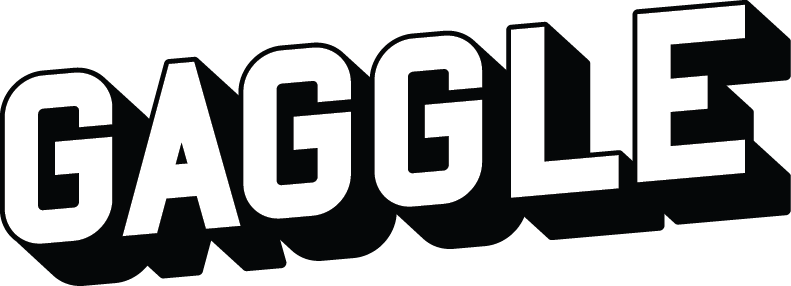English 11 Plus What is a Homophone?
- October 6, 2022
- Posted by: gg-pure
- Category: English
Homophones are 2 or more words that are pronounced and sound the same but can have slightly different spellings and can mean totally different things.
When we group these words altogether, we call them homophones, and this is because of the fact they sound the same.
As there are many commonly used homophones in the English language it is very important for you to:
- Be aware of words which are homophones
- Be able to tell the difference in their meanings and spellings
- Know when to use which word or homophone
- Be able to tell when the difference in the homophone being used whether it is written or spoken
The reason why you want to become confident with identifying homophones is because they are a part of English language that you will come across in your day to day speaking, reading and writing.
That is why it is very important you are able to identify and distinguish between the different meanings so not only can you communicate effectively, but you can better understand what other people are saying / communicating. Remember, homophones can sound the same but have totally different meanings, so you do not want to misinterpret key information that is being given to you and end up getting to the wrong conclusion.
Again, similar to synonyms and antonyms, learning homophones is another demonstration of how well you understand the basics word types of the English language, their definitions and meanings.
Types of homophones
There are 3 main types of homophones you will come across these are:
- Standard homophones
- Near homophones
- Pseudo-homophones
Standard homophones
These are your normal homophones already mentioned. They sound and are pronounced exactly the same, but have different meanings and definitions. The standard and near homophones are the most common type of homophones you will come across.
Pseudo-homophones
A pseudo-homophone is when Word 1 sounds exactly like Word 2, except that Word 1 is not an actual real word in the English language:
- Word 1 is Bloo
- Word 2 is Blue
Near homophones
Near homophones are words that:
- Sound very similar but are not exactly the same in pronunciation
- Have different spellings
- Have different meanings
The big difference between near homophones and your standard homophone is that the pronunciation is slightly different, enough for you to be able to notice for example Worn and Warn.
Homophone Examples
Here are examples of a group of homophones and their definitions so you can see that although they all sound the same, they mean very different things and are used differently:
- There vs Their vs They’re
- There : To be in, to direct to or at that place – Go over there.
- Their : Belonging to or associated with the people or things previously mentioned or easily identified – It is their car.
- They’re : A contraction that means they are – They are not here.
- Bough vs Bow
- Bough : A branch of a tree especially : a main branch.
- Bow : A knot tied with two loops and two loose ends, used especially for tying shoelaces and decorative ribbons.
Homophone Questions / Worksheets
Worksheet 1
Find one homophone for each of the following words:
- Ate
- Flower
- Bear
- Sea
- Sell
- Lead
- Blue
- Accept
- Be
- Affect
Worksheet 2
Find one homophone for each of the following words:
- Ball
- Berry
- Brake
- Fair
- Grate
- Grown
- Heel
- Knot
- Main
Worksheet 3
Find one homophone for each of the following words:
- Meat
- Medal
- Missed
- Peace
- Plain
- Rain
- Scene
- Weather
- Licence
- Practise
Worksheet 4
Find one homophone for each of the following words:
- Prophesy
- Father
- Guessed
- Heard
- Morning
- Past
- Precede
- Principle
- Profit
- Stationary
- Steal
